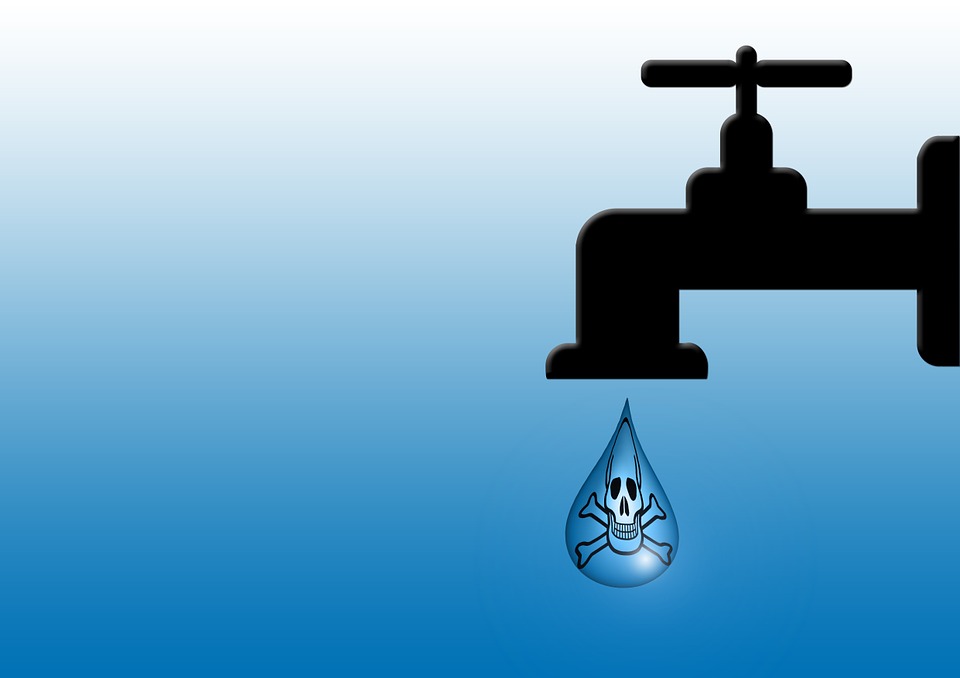An eating disorder: how does it look like?
Basically, the desire to get the same body as the models from the covers of magazines does not lead to anything good.
According to the World Bank, in North America for example, about 30 million people suffer from eating disorders. Sometimes the symptoms are disguised as healthy habits, and if they are not detected on time, this can lead to trouble. This is what my post is about today.
1. You constantly think about food.
It doesn’t matter if you want to eat every minute or if you just strictly control food intakes – this is the same thing because you constantly think about food. The number of calories, when and how much to eat, and which products are bad for you – if you live that way, then this is one of the symptoms of an eating disorder.
It doesn’t matter if you want to eat every minute or if you just strictly control food intakes – this is the same thing because you constantly think about food. The number of calories, when and how much to eat, and which products are bad for you – if you live that way, then this is one of the symptoms of an eating disorder.
2. You only cook complex dishes for guests
Those who do not allow themselves to eat tasty and special food often show tend to prepare it for other people instead. This is a symptom of eating disorders – if you can spend hours cooking something amazingly tasty for your loved ones, and at lunch you only eat a tomato salad.
Those who do not allow themselves to eat tasty and special food often show tend to prepare it for other people instead. This is a symptom of eating disorders – if you can spend hours cooking something amazingly tasty for your loved ones, and at lunch you only eat a tomato salad.
3. You are always cold
The body finds it harder to produce heat when the amount of body fat is very low. If you feel cold all the time no matter how covered up and warmly dressed you are, this is one of the signs of having an eating disorder.
The body finds it harder to produce heat when the amount of body fat is very low. If you feel cold all the time no matter how covered up and warmly dressed you are, this is one of the signs of having an eating disorder.
4. You spend a lot of time looking for your flaws.
Looking in the mirror is completely normal, only if it does not occur 20 times a day and is not an obsessive thought. A person who suffers from an eating disorder may become obsessed with their appearance and can spend hours searching for flaws.
Looking in the mirror is completely normal, only if it does not occur 20 times a day and is not an obsessive thought. A person who suffers from an eating disorder may become obsessed with their appearance and can spend hours searching for flaws.



